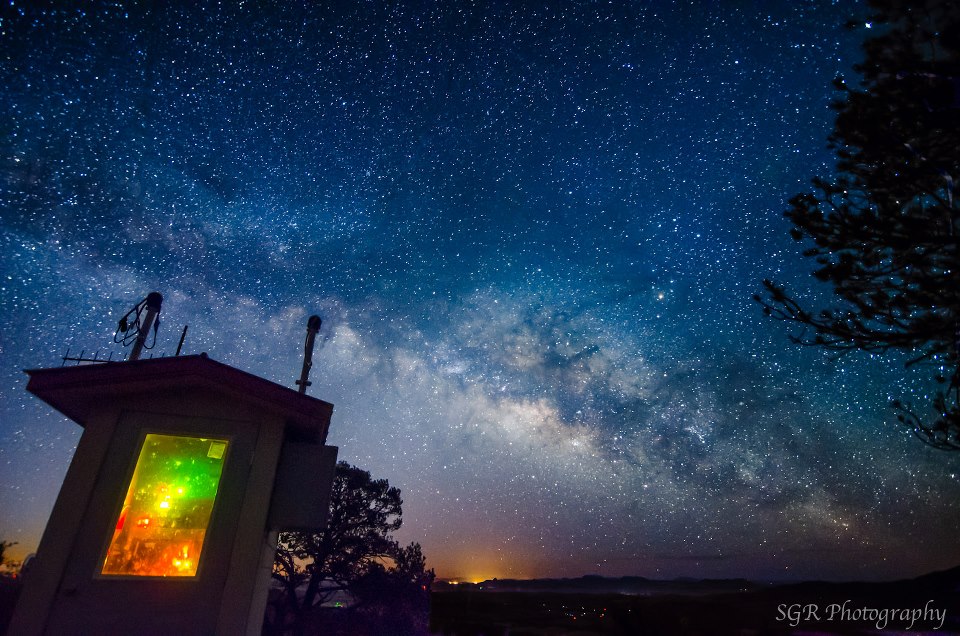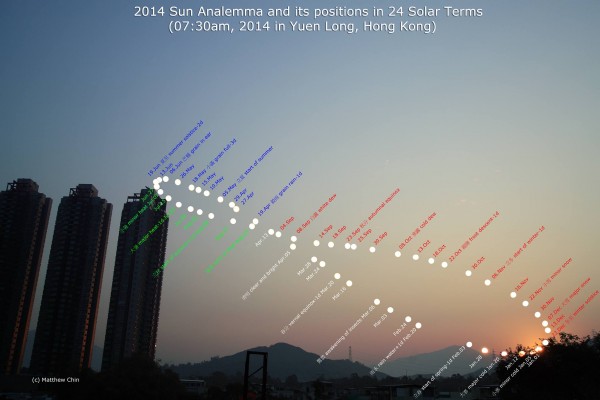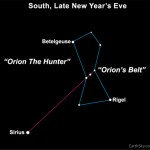A little while back, somebody on the Hold Steady fan message board put out a request for people’s all-time Top Ten songs. This is a really hard question, but a fun one, so of course I couldn’t resist. And since the overlap between there and here is pretty minimal, I’ll recycle the message I sent for a quick and easy pop-culture blog post to ring out 2014 (links are to YouTube videos).
————
Hard to rank-order these, because it’s mostly a list of songs that have been personally significant to me at some point, so this is basically reverse-chronological autobiographical order. Which is also why it’s such an odd mix of stuff.
1) The Mountain Goats, “This Year.” Song number three off John’s Nth CD… Played a lot when I was up for tenure, and when I became department chair, and right at the moment, too…
2) The Hold Steady, “How a Resurrection Really Feels.” I bought the album because I heard “Hoodrat” on the radio, but this is the song that convinced me they were genius.
3) The Weakerthans, “Reconstruction Site.” Fantastic imagery, catchy tune. I can never write about aesthetics without getting “Beauty’s just another word I’m never certain how to spell” stuck in my head.
4) The Afghan Whigs, “Lost in the Supermarket.” Off an album of Clash covers (obviously); got this off Napster when that was a thing. Kate loves it, and I surprised her with it at our wedding (found the CD in a cut-out bin, slipped it to the DJ).
5) Bob Dylan, “Mississippi.” (Live version because that’s all I could find on YouTube…) Album track off “Love and Theft,” which he had previously let Sheryl Crow record. Kate and I were doing the long-distance thing my first year as faculty, while she finished law school. Resonated really well for me.
6) The Old 97’s, “Big Brown Eyes.” I had a beat-up CD boombox in my lab that would only play a handful of discs, and “Too Far to Care” was one. Held up remarkably well.
7) Sam Cooke, “Bring It on Home to Me.” Spent three months living in Japan as a grad student, and listened to this a lot. Not quite sure why I latched onto that specifically, but there you go.
8) The Rolling Stones, “Beast of Burden.” I do a great sing-along version of this after about five hours behind the wheel. Had it on one of my essential driving mix tapes.
9) Sugar, “Hoover Dam.” Copper Blue is one of the most perfect albums ever, this is the best sing-along song off it.
10) Pink Floyd, “Wish You Were Here.” Because reasons.
That’s what I’ve got this morning. Skews a bit more mellow than it might at some other points; I could easily come up with ten much louder tracks that would be equally great. And ten quieter ones, for that matter. Ask me again in a month, and I’d be amazed if the lists overlapped by more than four songs.
from ScienceBlogs http://scienceblogs.com/principles/2014/12/27/all-time-top-ten/
A little while back, somebody on the Hold Steady fan message board put out a request for people’s all-time Top Ten songs. This is a really hard question, but a fun one, so of course I couldn’t resist. And since the overlap between there and here is pretty minimal, I’ll recycle the message I sent for a quick and easy pop-culture blog post to ring out 2014 (links are to YouTube videos).
————
Hard to rank-order these, because it’s mostly a list of songs that have been personally significant to me at some point, so this is basically reverse-chronological autobiographical order. Which is also why it’s such an odd mix of stuff.
1) The Mountain Goats, “This Year.” Song number three off John’s Nth CD… Played a lot when I was up for tenure, and when I became department chair, and right at the moment, too…
2) The Hold Steady, “How a Resurrection Really Feels.” I bought the album because I heard “Hoodrat” on the radio, but this is the song that convinced me they were genius.
3) The Weakerthans, “Reconstruction Site.” Fantastic imagery, catchy tune. I can never write about aesthetics without getting “Beauty’s just another word I’m never certain how to spell” stuck in my head.
4) The Afghan Whigs, “Lost in the Supermarket.” Off an album of Clash covers (obviously); got this off Napster when that was a thing. Kate loves it, and I surprised her with it at our wedding (found the CD in a cut-out bin, slipped it to the DJ).
5) Bob Dylan, “Mississippi.” (Live version because that’s all I could find on YouTube…) Album track off “Love and Theft,” which he had previously let Sheryl Crow record. Kate and I were doing the long-distance thing my first year as faculty, while she finished law school. Resonated really well for me.
6) The Old 97’s, “Big Brown Eyes.” I had a beat-up CD boombox in my lab that would only play a handful of discs, and “Too Far to Care” was one. Held up remarkably well.
7) Sam Cooke, “Bring It on Home to Me.” Spent three months living in Japan as a grad student, and listened to this a lot. Not quite sure why I latched onto that specifically, but there you go.
8) The Rolling Stones, “Beast of Burden.” I do a great sing-along version of this after about five hours behind the wheel. Had it on one of my essential driving mix tapes.
9) Sugar, “Hoover Dam.” Copper Blue is one of the most perfect albums ever, this is the best sing-along song off it.
10) Pink Floyd, “Wish You Were Here.” Because reasons.
That’s what I’ve got this morning. Skews a bit more mellow than it might at some other points; I could easily come up with ten much louder tracks that would be equally great. And ten quieter ones, for that matter. Ask me again in a month, and I’d be amazed if the lists overlapped by more than four songs.
from ScienceBlogs http://scienceblogs.com/principles/2014/12/27/all-time-top-ten/










